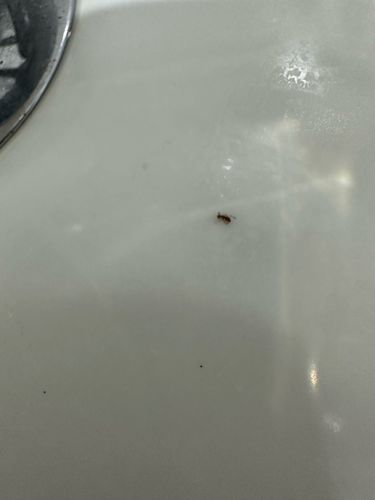Ant
Scientific Name: Formicidae
Order & Family: Hymenoptera, Formicidae
Size: Most ants range from 2 to 20 mm (0.08 to 0.8 inches) in length, depending on the species and caste.

Natural Habitat
Ants are found almost everywhere on Earth, colonizing nearly every landmass and ecosystem. They commonly construct nests in soil, under rocks, in wood (including inside human structures), and sometimes in plants.
Diet & Feeding
Ants have diverse diets, including nectar, seeds, fungi, other insects (both living and dead), and honeydew produced by aphids. Many species are scavengers, while others are predatory, herbivorous, or omnivorous.
Behavior Patterns
Ants are social insects that live in colonies, which can range from a few dozen individuals to millions. They exhibit complex social structures, with different castes (queen, workers, males) and division of labor. Communication is primarily through chemical signals (pheromones). They are known for their organized foraging trails and nest building.
Risks & Benefits
Risks: Some species can sting or bite, causing pain or allergic reactions. Certain species can be pests in homes, contaminating food, or damaging wood structures (e.g., carpenter ants). Benefits: Ants play important ecological roles, including soil aeration, seed dispersal, predation on other insects, and decomposition of organic matter. They are also a food source for many animals.
Identified on: 11/9/2025